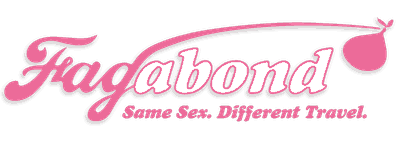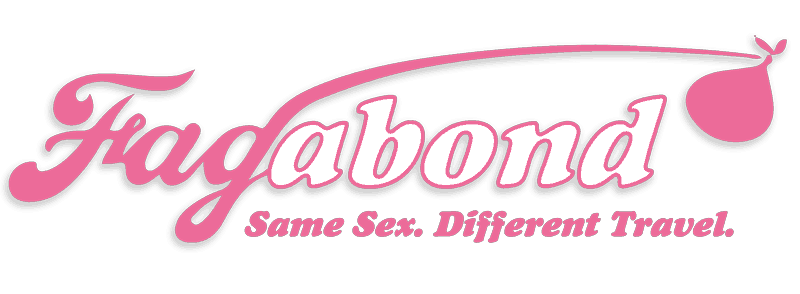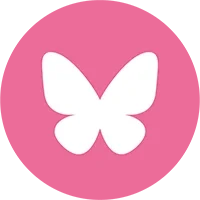
For many people, including me, the word tango conjures the image of a pantherlike milonguero, hair slicked back, in a breathless embrace with a lithe, rapt partner, skirt slit to her thigh, trembling at his every touch. It is the image promoted by big tango shows; the dance becomes a metaphor for Passion with a capital P, rigorously heterosexual and male-dominated, wrapped up in a dynamic of tormented female desire and irresistible male seduction. (Forget that in the early days, men often danced with other men.)
For me, as the American-born daughter of Argentine parents, the situation becomes even more complicated. The first thing many people ask when they hear about my background is, “Do you tango?” The answer is no. No one in my family dances or listens to tango — when my parents were growing up, in the 1940s and ’50s, their parents associated it with the government of Juan Domingo Perón, who had befriended several tango luminaries, most notably the lyricist and composer Enrique Santos Discépolo. Tango was the dominant musical style of the Peronist period, in movies, on the radio. So to me, the Buenos Aires depicted in the songs and dances feels alien, clichéd, hopelessly machista. If you asked me what I thought of the dance, I might point you to the passage in Ezequiel Martínez Estrada’s “Radiografía de la Pampa,” from 1933: It is a “dance of pessimism, of sadness expressed through all the limbs of the body.”



